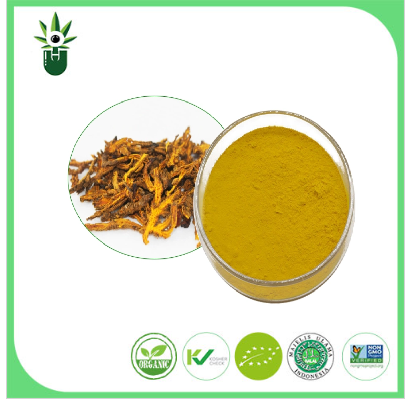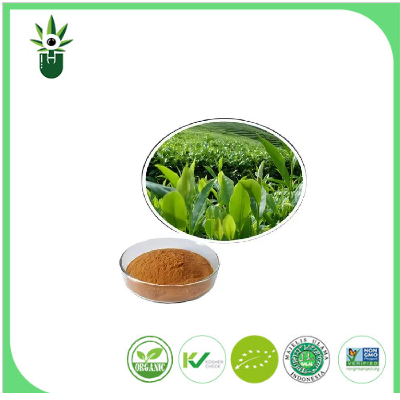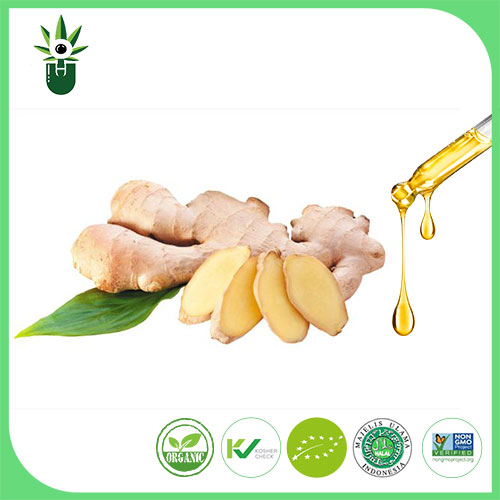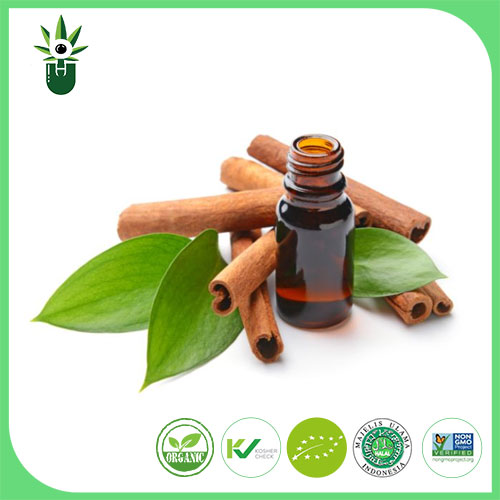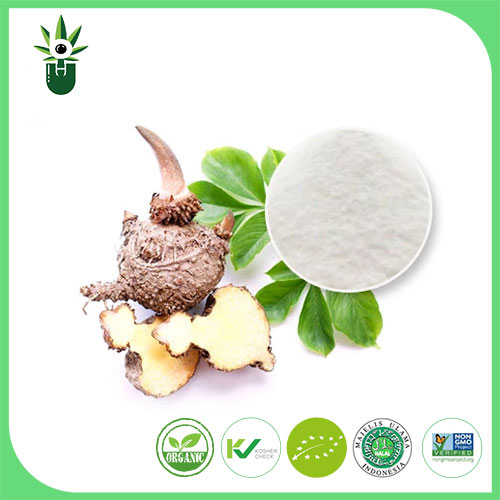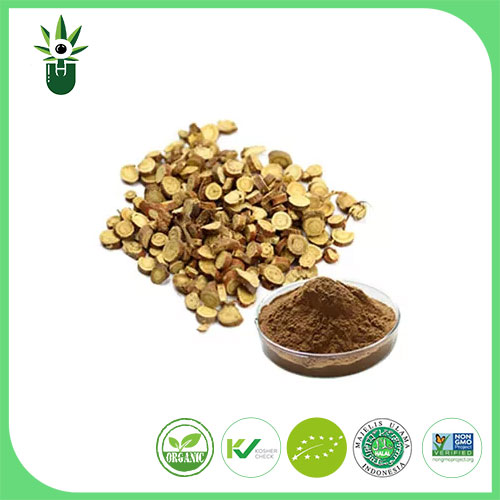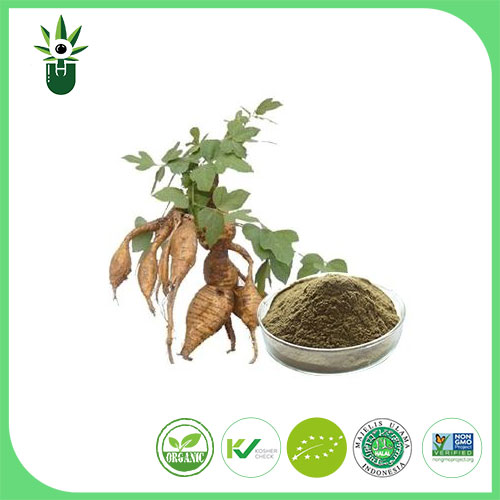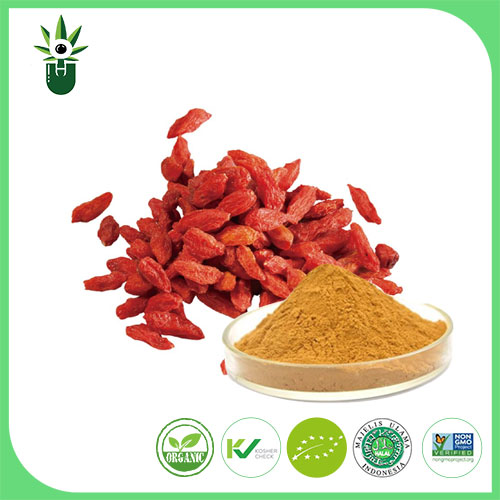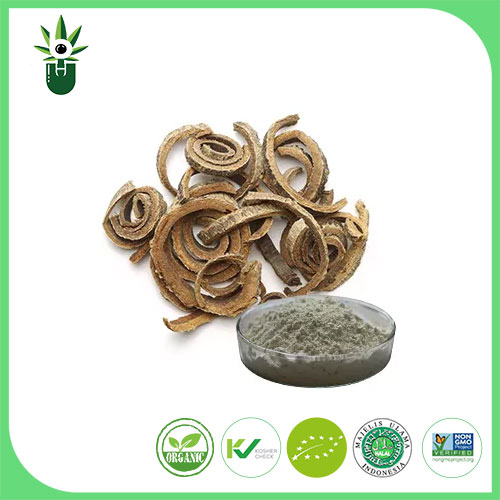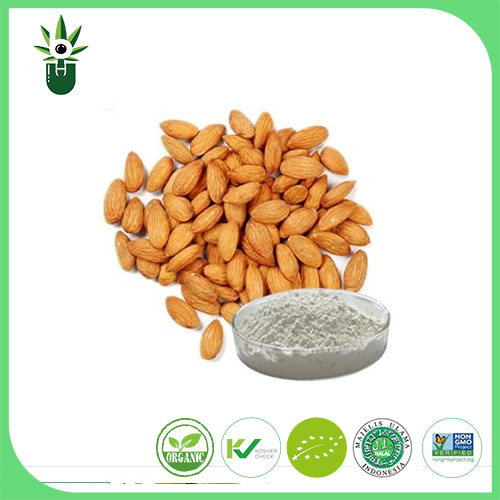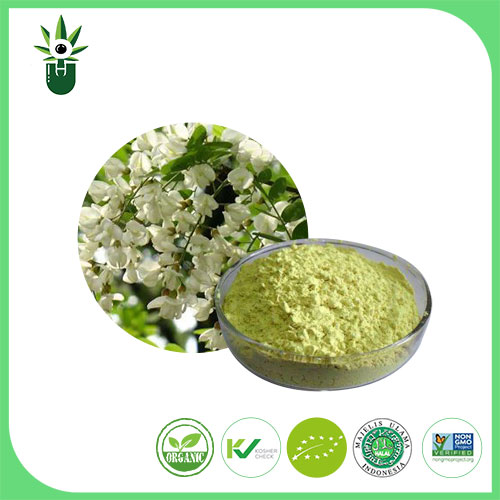
- English
- Español
- Português
- русский
- Français
- 日本語
- Deutsch
- tiếng Việt
- Italiano
- Nederlands
- ภาษาไทย
- Polski
- 한국어
- Svenska
- magyar
- Malay
- বাংলা ভাষার
- Dansk
- Suomi
- हिन्दी
- Pilipino
- Türkçe
- Gaeilge
- العربية
- Indonesia
- Norsk
- تمل
- český
- ελληνικά
- український
- Javanese
- فارسی
- தமிழ்
- తెలుగు
- नेपाली
- Burmese
- български
- ລາວ
- Latine
- Қазақша
- Euskal
- Azərbaycan
- Slovenský jazyk
- Македонски
- Lietuvos
- Eesti Keel
- Română
- Slovenski
- मराठी
- Srpski језик
Konjac Extract
These characteristics of konjac determine that konjac polysaccharides have multiple uses. In addition to medicine, konjac extract polysaccharides are also widely used in fields such as textiles, printing and dyeing, cosmetics, ceramics, fire protection, environmental protection, military industry, and petroleum exploration.
Send Inquiry
Some species of tubers of the genus Konjac are rich in konjac polysaccharides, especially white konjac and flower konjac varieties with a content as high as 50-65%. Konjac polysaccharide, also known as konjac grape mannan, is a linear polymer compound composed of numerous mannose and glucose linked by β-1,4-glycoside bonds. On some sugar side chains of its molecule, there are A certain number of acetyl groups, the molecular ratio of glucose and mannose is 1:1.5-1.7, the molecular weight can be as high as 106 Daltons, the viscosity is extremely high, it is soluble in water, the swelling degree in water is extremely large, and it has specific biological activity. Konjac These characteristics determine that konjac polysaccharide has a variety of uses. In addition to medicine, konjac polysaccharides are widely used in textiles, printing and dyeing, cosmetics, ceramics, fire protection, environmental protection, military industry, oil exploration, etc. In addition, 30%-40% of fly powder is produced during the processing of konjac powder. Since fly powder also contains a certain amount of grape mannan, fly powder is also a natural polymer compound with polyhydroxy compounds as the main body. Like starch, xanthate esters can be made and used to precipitate soluble heavy metal ions in wastewater.


Product introduction
|
Product name |
Konjac extract |
|
Source |
Amorphophallus konjac |
|
Extraction part |
rhizome |
|
Specifications |
10:1,20:1;Glucomannan 80%-98% |
|
Appearance |
white powder |
Application
1. Medicine;
2. Food;
3. Health products.

